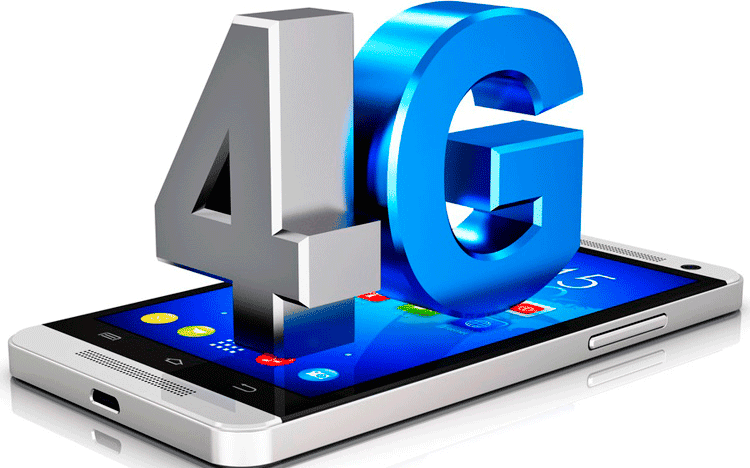One of the most notable themes to emerge from this year’s CES wasn’t one that most people would notice at first glance unless they looked closely. After years of cramped, “widescreen” laptop displays, it appears that the 16:9 aspect ratio is now being phased out. The aspect ratio of a display is the ratio of its width to its height (in that order). A screen with a resolution of 500 x 500 pixels, for example, has a 1:1 aspect ratio. Consider it like simplifying a fraction: a 1080p screen has a 1920 x 1080 resolution, which divides to 16:9. The most common aspect ratios on laptops are 16:9, 3:2, 16:10 (which is referred to as 16:10 rather than 8:5), and (rarely) 4:3. The most popular ratio is 16:9.
As well as the one with the least amount of vertical space in comparison to horizontal space. If you have a contemporary Windows laptop, the screen is likely to be 16:9. If you have a gaming laptop, its panel is almost certainly 16:9. (High refresh-rate panels with various proportions are uncommon.) There are a couple of noteworthy exceptions: For quite some time, Microsoft’s Surface products have been 3:2, while Dell’s latest several XPS 13 models and Apple’s MacBooks are already 16:10. However, Windows laptops like these have been hard to come by in the past.
At XDA, we reviewed the HP Elite Folio and determined it to be the best ARM-powered Windows laptop available right now. When compared to Intel laptops, using an ARM chipset has some advantages, such as always-on connectivity, immediate wake, and long battery life. It’s a strong challenger against some of the greatest laptops out there if you’re seeking for a sleek computer to take on the road. But what if you require extra screen real estate? That’s why we’ve put up a list of the finest displays for the Elite Folio. There are certain drawbacks to adopting an ARM chipset, despite all of the benefits. To begin with, Thunderbolt is an Intel technology, so you won’t be able to connect an external display to a Thunderbolt dock.
Furthermore, because HP did not add HDMI or DisplayPort connections, the only way to connect is via USB Type-C. This looks a lot like the Surface Laptop 4, which also lacks Thunderbolt. Thankfully, the Elite Folio’s USB ports support DisplayPort 1.4, which is supported by a limited number of monitors. Furthermore, there are a few portable monitors available. That means you can take them on a trip and set up a dual-screen configuration wherever you are. Here are some of the best displays for the HP Elite Folio that we’ve identified.







